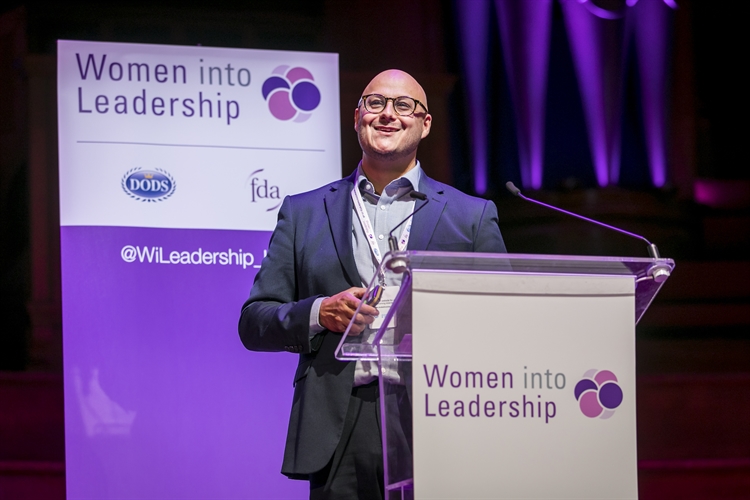Mon 04 Nov 2019

Isn’t Gender Equality Done?
Of all of the possible questions which Jason Ghaboos, Home Office Gender Equality Network co-chair, could be asked, the one he most frequently encounters is ‘isn’t gender equality done?’ This may come as a surprise to some readers; to others not so much. However, as Jason outlined in his recent address at Women into Leadership 2019, addressing and overcoming a perception-reality gap is a significant and necessary step if meaningful progress on gender equality and inclusion is to be achieved in the workplace.
The Perception-Reality Gap
The gap between perception and reality manifests in two ways – between impression and lived experience, and between men and women. 54% of the Civil Service workforce are women, representing an achievement of diversity, but not necessarily inclusion. Such a figure does not provide insight into the lived experience of women, nor reveal that this gender-balance is not represented at senior level.
However, further studies which Ghaboos has contributed to do shed light on those omissions. A sharp divergence in perceptions of workplace challenges to women exists between men and women. Whilst 39% of women think that workplace culture is more challenging for women, only 17% of men agree. Furthermore, experience hardens women’s views – the 39% is made up of senior women (51%) who agree, and their junior counterparts, of whom 35% share the opinion.
Nuancing the Narrative
To overcome this gap and for gender inclusion to become a reality, Ghaboos stresses that collaboration is key. Regarding the role of gender in the workplace, the male narrative needs to be reframed. Currently, there is a dichotomy of roles for men: one is either a male hero or ‘champion’, or the obstructive villain. For gender inclusion – which would improve workplace culture for all – to be treated as a business issue rather than a women’s issue, men need to be engaged as allies and collaborators, rather than saviours or saboteurs.
Communication is Key
Such collaboration is imperative for two further reasons. First, it is important to understand how messages can most effectively be communicated, and by whom. As things stand, men dominate positions of power. It is therefore important to engage such influential voices. Furthermore, some men will only want to listen to other men – a fact which Ghaboos regrets, but which he also stresses as a crucial point to acknowledge. Ghaboos also emphasises that what motivates one person may not appeal to another – another reason why communication must to be tailored to one’s audience. Whilst the business case for inclusion may be compelling for one person, another may be convinced by the ethical argument.
Inclusion involves Everyone
Finally, collaboration is intrinsic to the realisation of gender inclusion because inclusion necessarily involves everyone. Ghaboos revealed that up to 1/3 of men feel isolated by D&I initiatives – a group which includes people who might otherwise be happy to further the cause. Integral to the logic of diversity and inclusion is that each person should be recognised as the individual that they are; the idea that D&I initiatives are only for select groups therefore must be addressed, if each member of the workforce is to feel valued and recognised, and for inclusion to be truly realised.
So, to return to the question: Isn’t gender equality done? Evidently there is still some distance to travel. The lived experience of women in the workplace is still not fully recognised, which is itself the first step towards real and lasting change. Men and women have not yet reached mutual recognition of their roles in realising gender inclusion in the workplace. As Ghaboos outlined, efforts in changing this will inevitably meet some resistance. However, it is for that very reason that encouraging collaboration is vital, and that every ally matters.
View all news